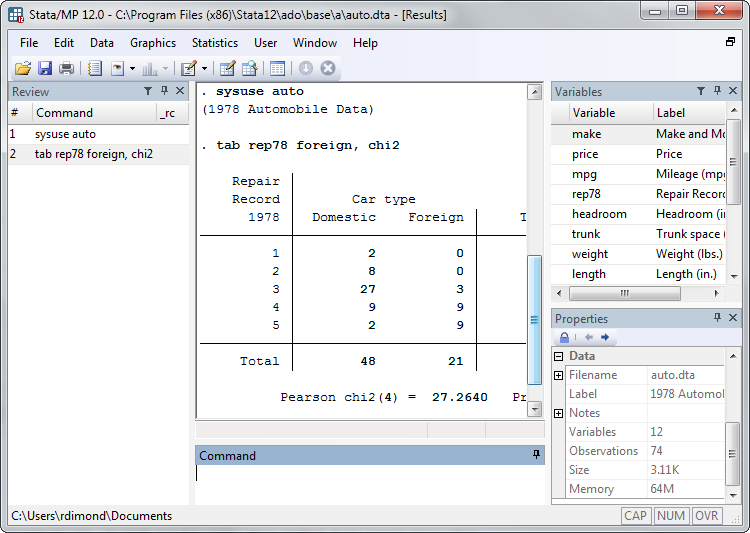
TVP-VAR, MCMC, and sparse simulation smoothing.Estimating or specifying parameters in state space models.Autoregressive Moving Average (ARMA): Sunspots data.State space modeling: Local Linear Trends.Detrending, Stylized Facts and the Business Cycle.SARIMAX and ARIMA: Frequently Asked Questions (FAQ).ARIMA Postestimation: Example 1 - Dynamic Forecasting.ARIMA Example 2: Arima with additive seasonal effects.
 SARIMAX: Introduction SARIMAX: Introduction Contents. The only apparent difference I found is the year effect, which is caused by contrast ( xtreg sets the first year as reference, while plm directly estimates the effect for each year). I tested with Produc data from R package plm and found the main results are the same (see the codes and outputs below). Welcome to the site, You are right that effect = "twoways" sets up both "individual" and "year" effects. Can someone enlighten me as to if I've coded the above model appropriately in either language? I get different results, so I must be doing something wrong with either xtreg or plm, or both. I've tried to re-create it in Stata using the following (after running xtset State Year, yearly of course) xtreg Dependent Independent l.Dependent i.Year, fe I've attempted to estimate the coefficients for the model using R with the following (generalized) code: model <- plm(Dependent_it ~ Independent_it + lag(Dependent_it,1),Įffect = "twoway", #does the gamma_i and delta_t parts (I think) \text$ is an attribute of a record that changes with both the cross-sectional and time component of the data. A minimal example of the model I'm trying to estimate would be as follows:
SARIMAX: Introduction SARIMAX: Introduction Contents. The only apparent difference I found is the year effect, which is caused by contrast ( xtreg sets the first year as reference, while plm directly estimates the effect for each year). I tested with Produc data from R package plm and found the main results are the same (see the codes and outputs below). Welcome to the site, You are right that effect = "twoways" sets up both "individual" and "year" effects. Can someone enlighten me as to if I've coded the above model appropriately in either language? I get different results, so I must be doing something wrong with either xtreg or plm, or both. I've tried to re-create it in Stata using the following (after running xtset State Year, yearly of course) xtreg Dependent Independent l.Dependent i.Year, fe I've attempted to estimate the coefficients for the model using R with the following (generalized) code: model <- plm(Dependent_it ~ Independent_it + lag(Dependent_it,1),Įffect = "twoway", #does the gamma_i and delta_t parts (I think) \text$ is an attribute of a record that changes with both the cross-sectional and time component of the data. A minimal example of the model I'm trying to estimate would be as follows: 
I'm trying to re-create an analysis done using Stata function xtreg (though I don't have the code) with R package plm, and I'm having trouble translating between the two.






 0 kommentar(er)
0 kommentar(er)
